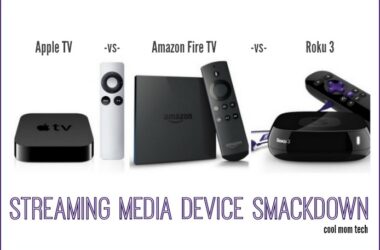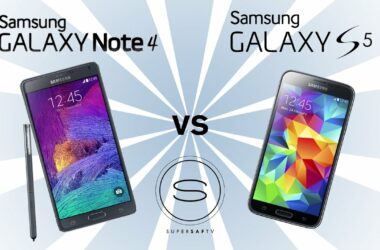In case you’re oscillating between HTC’s Desire 816, LG’s Nexus 5 and Motorola’s Moto G, we’ll compare these phones and you’ll decide whether to buy a cheap phone with no so many great features, or a phone like Nexus 5, which has a bigger RAM capacity, a super fast processor and a higher screen resolution. For good quality photos, we’re recommending the Desire 816 phone, which also has the biggest battery.
Displays and sizes
The biggest phone between the three is the Desire 818, measuring 156.6×78.7×7.9mm and weighting 165, having also the largest display of 5.5inches, which is a Super LCD2 supporting a resolution of 720x1280pixels and 267ppi.
Next, the Nexus 5 impresses the most with its 4.95inches True HD IPS+ display which is capable of supporting a higher resolution of 1080x1920pixels and 445ppi, and benefits from Corning Gorilla Glass 3 protection against scratches. Its dimensions are 137.9×69.2×8.6mm and it weights 130grams.
The smallest phone is the Moto G, which measures 129.9×65.9×11.6mm and weights 143grams. The 4.5inches IPS LCD screen supports the same resolution as the Desire 816, but the pixel density is higher at 326ppi. This phone also protected its display with Corning Gorilla Glass 3.
Hardware and OS
The Nexus 5 is more powerful than both of its rivals, having a quad-core 2.3GHz Krait 400 processor powering the Qualcomm MSM8974 Snapdragon 800 chipset and the ADreno 330 GPU delivers the best quality. This phone hosts 2GB of RAM and it’s available in two variants of internal storage of 16 and 32GB, but the bad news is that the memories are unexpandable. The initial version of Android OS is v4.3 (Jelly Bean), but now the phone operates on v4.4.4 (KitKat).
The Desire 816 comes next with a quad-core 1.6GHz Cortex-A7 processor, combined with a Qualcomm MSM8928 Snapdragon 400 chipset and an Adreno 305 GPU, it hosts 1.5GB of RAM and has an internal memory of 8GB, which supports expansion up to 128GB. This phone runs on Android v4.4.2 (KitKat) with HTC Sense UI v6 add-on.
Lastly, the Moto G does its best to keep up with the competition, but the Quad-core 1.2GHz Cortex-A7 isn’t extremely efficient in combination with a Qualcomm MSM8226 Snapdragon 400 chipset and an Adreno 305 GPU. Plus, it has only 1GB of RAM and two variants on internal storage of 8 and 16GB, which can’t be expanded. The Moto G comes pre-loaded with Android v4.3 (Jelly Bean) and in the meantime, it received the 4.4.4 (KitKat) update.
Cameras
Now that we got to our favorite section, let’s talk about each phone’s camera and give the Desire 816 a round of applause because it has the most advanced front camera, whose resolution is 13MP. The features include autofocus, LED flash, simultaneous HD video and image recording, geo tagging, face detection and the video recording capabilities are at 1080p@30fps and 720p@60fps. For video calls and selfies, you can use the 5MP front camera.
The Nexus 5 offers an 8MP back camera with some additional features such as optical image stabilization, photo sphere and dual-recording and the front camera is 1.3MP.
The Moto G has a modest 5MP back camera with some of the most known features: autofocus, LED flash, HDR, panorama, face detection, touch focus and geo tagging, while the front camera is 1.3MP.
Batteries
None of these smartphones have user replaceable batteries and their capacities are very different. The most advantaged is the Desire 816, which has a Li-Po 2600mAh battery with 21 hours of talktime on 3G, it’s followed by the Nexus 5 with a Li-Po 2300mAh battery that lasts 17 hours on 3G and the Moto G is fitted with Li-Ion 2070mAh battery which claims to support up to 21hours of talktime on any mode.
Prices
HTC Desire 816 – 335 dollars.
Nexus 5 16GB – 370 dollars.
Moto G 16GB – 260 dollars.
Related ItemsHTC Desire 816 vs Nexus 5 vs Motorola Moto G







